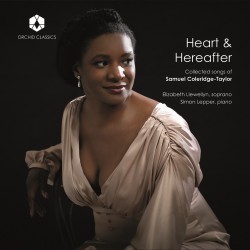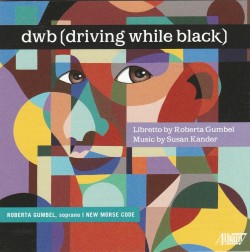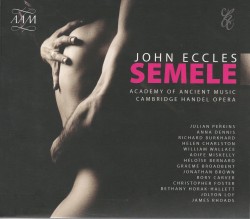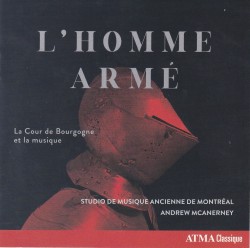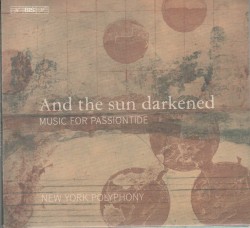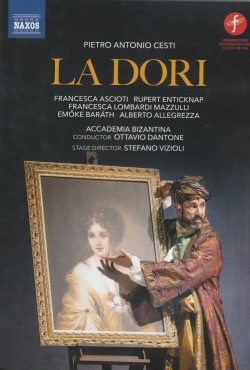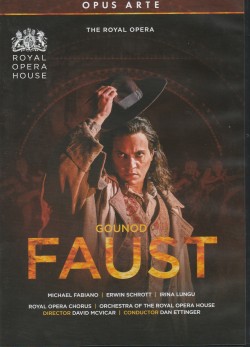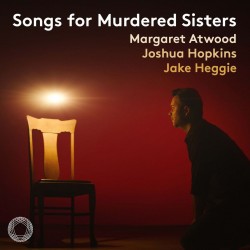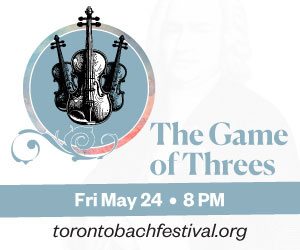Visca L’Amor: Catalan Arts Songs - Isaí Jess Muñoz; Oksana Glouchko
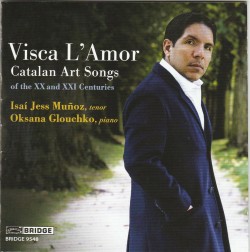 Visca L’Amor – Catalan Arts Songs
Visca L’Amor – Catalan Arts Songs
Isaí Jess Muñoz; Oksana Glouchko
Bridge Records 9548 (bridgerecords.com/products/9548)
Six song cycles by Catalan composers, music and words brimming with urgency and passion, are illuminated by the fervent, vibrato-warmed singing of tenor Isaí Jess Muñoz, accompanied by pianist Oksana Glouchko.
In La rosa als llavis (The Rose on the Lips) by Eduard Toldrà (1895-1962), a lover burns with desire until the sixth and final song, Visca l’amor (Long Live Love), ending with the words “la volia, i l’he pres” (I wanted her, and I took her). Ricard Lamote de Grignon (1899-1962) set his three brief Cants homèrics (Homeric Hymns) to translations of ancient Greek prayers. Those to the Muses, Apollo and Zeus are declamatory in words and music; that for Aphrodite, gentle and caressing.
Achingly beautiful melismas make Haidé, three miniature love poems set by Narcís Bonet (b.1933), my particular favourite among this admirable collection. Combat del somni (Struggle in the Dream) by Frederic Mompou (1893-1987) is filled with intense yearning for an absent lover. (I first heard these three plaintive songs, infused with extravagant poetic imagery, on a still-treasured LP from the 1950s.)
The four songs of Imitació del foe (Imitation of Fire) by Elisenda Fábregas (b.1955), commissioned by Muñoz and Glouchko for this CD, dramatically deal with “delirium,” “blood waves,” long-haired winged men,” “racing suns” and “sharpened flames.” The devotional Ave Maria, Benedictus and three Alleluias of Les Paraules sagrades (Sacred Words) by Joan Comellas (1913-2000) provide a richly satisfying conclusion to this richly satisfying CD.


